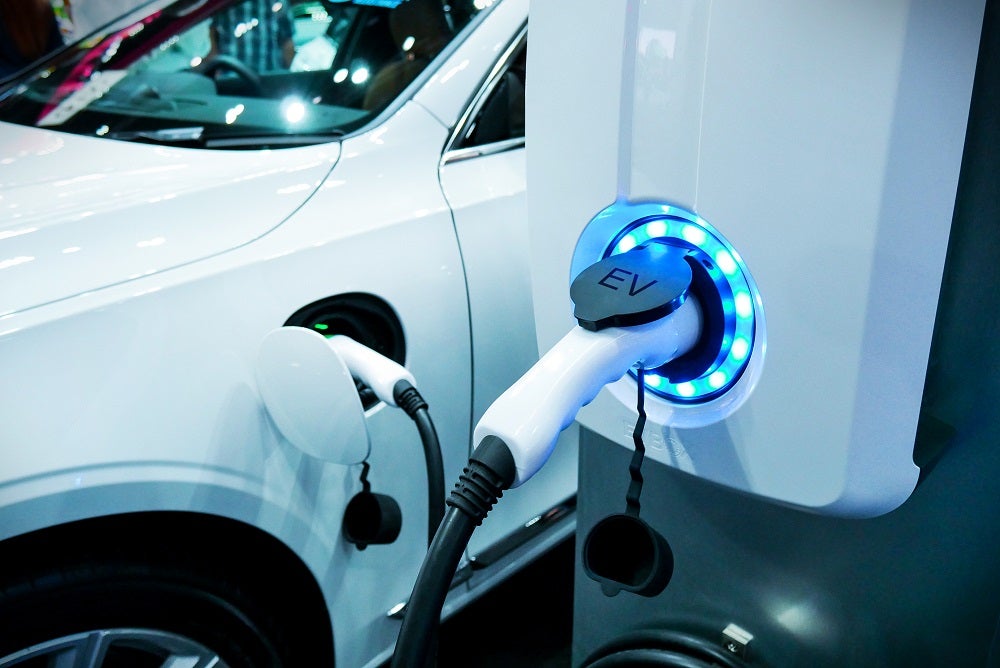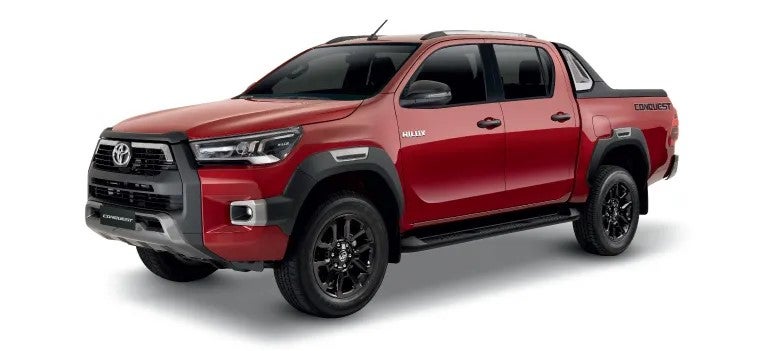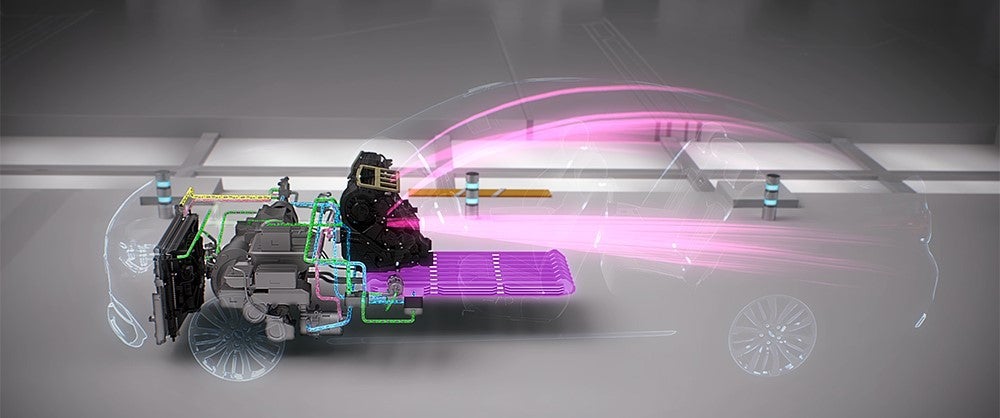Since Mercedes-Benz offered the first car sunroof in 1932, the ways in which automakers have sought to let the sun shine into the cabin have become increasingly complex. Automakers now use sunroofs and other roof systems to help differentiate the product offerings to customers. In other words, writes Matthew Beecham, roof systems are fast becoming part of a car’s identity.
The small, rectangle-shaped roof window is being outshone by more eye-catching roof designs. The design emphasis these days is less on the old tilt and slide sunroofs and more on glass roofs stretching the length of the car and smart combinations of convertible and glass roofs. In fact, manufacturers report an “unbelievable” amount of interest in panoramic sunroofs.
“We are seeing a lot of larger roof systems coming into the market,” said Brett Healy, vice president, business development, Webasto Roof Systems Inc. “We are continuing to see that our customers have recognized that the roof of the vehicle are very much acting as vehicle differentiators for them. We are also seeing an increasing number of concept cars carrying more and more glass.”
There is also a new niche which falls in between a traditional sunroof and a full panorama roof system, known as a bottom-load big roof. It typically has moving glass in the forward passenger area and fixed or moving glass in the rear passenger area. It is a unit which installs from underneath which is more traditional to a normal sunroof. “The Cadillac CTS is one of the first of such roof systems to reach the market here in the US,” added Healy.
“We definitely see an expansion of that market. This approach offers OEMs more flexibility. We currently have one, possibly two customers considering this idea for their next generation vehicles. It means that they can take that investment in the roof system and amortize it over a second vehicle and possibly even a third thereby stamping that DNA across the entire brand.
“So we are seeing three significant areas of growth. First, the traditional tilt-slide and spoiler sunroofs continue to be popular in the marketplace. Second, these bottom-load big roofs are starting to make the bigger presence. Third, panoramic roofs continue to grow here in the US.”
How well do you really know your competitors?
Access the most comprehensive Company Profiles on the market, powered by GlobalData. Save hours of research. Gain competitive edge.

Thank you!
Your download email will arrive shortly
Not ready to buy yet? Download a free sample
We are confident about the unique quality of our Company Profiles. However, we want you to make the most beneficial decision for your business, so we offer a free sample that you can download by submitting the below form
By GlobalDataMeanwhile, the convertible segment is no longer the sole preserve of the luxury class. Roof makers say that growing consumer acceptance as well as all-weather convertible top concepts such as its retractable hard-tops will contribute to the market’s expansion. While electrically operated convertible-roof systems are industry standard for luxury vehicles, roof makers are continuously working toward developing smaller, lighter and cheaper systems.
“We see a stable market for soft-tops through 2011 although with some interchangeability,” said Dr Christian P Eick, marketing & public affairs manager for Wilhelm Karmann GmbH.
“For example, soft-tops are already on the market for cars such as the MINI convertible and VW Beetle convertible. In this segment, there are a number of other projects in the pipeline that we are working on. We also see continued interest in soft-tops from high-end marques such as Mercedes-Benz, Bentley, and Rolls Royce.”
Magna Car Top Systems also sees stable market demand for soft-tops. Harald Zachnegger, head of innovation, field emotional vehicle concepts, Magna Car Top Systems, told us: “We see that the market for soft-tops will remain stable in the future although we see a strong increase in demand for retractable hard-tops. At the moment, we see two clear trends emerging. First, there are highly different shapes appearing from current coupé-type shapes. Second, we see an increasing number of low cost retractable hard-tops with many common parts between different tops thereby reducing product complexity.” In January 2006, the European Commission granted clearance under the EU Merger Regulation to the acquisition of sole control of CTS Fahrzeug-Dachsysteme GmbH of Germany by Magna International Inc. CTS is one of the leading manufacturers of roof systems for the motor industry.
Overall, it is clear that the sheer product quality of soft-tops has significantly improved over the past decade, bringing with it benefits in acoustics and cabin temperatures. “It used to be the case that the general appearance of convertible roofs typically degraded over time,” added Eick. “Yet things are changing. These days, soft-tops actually perform almost better than retractable hard tops in terms of isolation, styling, and safety. The Bentley convertible is proof of that.”
Rolf-Peter Baule, executive director, head of business unit, roof systems. Karmann, said: “We have developed a special acoustic fabric which is currently used, for example, for Audi and other premium OEMs. In the past, the fabric used for soft-tops had a weight of about 830 grams per square metre. Yet our new fabric contains more than 1,300 grams per square metre. So adding more weight improves the acoustic situation. We believe that this is the right material to use for these high-level soft tops next year, too.”
Eick added: “Some people believe that soft-tops are not as safe as hard-tops yet that is an urban myth. For example, due to the high quality and strength of soft-tops these days it is simply not possible to cut the soft-top with a knife. So a smash ‘n’ grab thief looking to break into a soft-top convertible would be better off smashing the side window than attempting to slash the roof.”
While the market for soft-tops continues to grow, albeit gradually, the real growth will occur in the retractable hard-top market. Eick added: “As far as retractable hard-tops are concerned, there is a growing interest from manufacturers of compact- and mid-size cars. Overall, about 80% of the market for convertibles is generated in Europe and the US.”
During the late 1990s, most manufacturers believed that the retractable hard-top had a limited future, centered on niche segments of the market. Today, however, their opinions have changed. The industry consensus is that retractable hard-tops can be largely integrated in almost all car segments. In fact, six years and 300,000 units after bringing folding tin-top convertible motoring to the masses with the 206CC coupe-cabriolet, Peugeot has launched a fully redesigned 207CC replacement with a completely automated in-house roof and new engines developed with BMW. A key change is that it is no longer necessary to manually release the leading edge of the still-two-piece roof before engaging the electrics to do the rest.
While the Peugeot 206CC gave the mainstream European buyer an affordable retractable hard-top, the US buyer has only recently been offered a comparatively-priced model. Last year, General Motors launched its Pontiac G6 convertible at a price point far below vehicles with comparable features. In the absence from the US of Renault and Peugeot models sold elsewhere, the G6 retractable hard-top convertible was the first vehicle to offer this feature in the US mid-size car segment. “We are building the retractable hard-top for the Pontiac G6,” said Eick. “That is the biggest retractable two-piece hard-top which has ever been developed and produced. At last year’s [2006] Los Angeles motor show, Chrysler revealed its Sebring convertible. It is a real market innovation. It means that, for the first time, a customer can choose between a retractable hard-top [three-piece] and soft-top for a four-seater car.”
Over the past few years, we’ve seen the emergence of two, three and four-part retractable hard-tops, enabling OEMs achieve that appearance of a coupé yet with four comfortable seats. “OEMs are now able to achieve designs which are much closer to traditional coupe shapes as opposed to a two-part retractable hard-top on a four seater car which often resulted in a design with a very flat windshield,” said Andreas Weller, marketing director. Webasto Roof Systems Inc. “Today’s retractable hard-tops designs offer more design freedom, enabling OEMs to achieve the traditional coupe look with a retractable hard-top. That is a very exciting development in the convertible industry.”
Walter Pecho, managing director, Convertible Roof Systems, Edscha, told us: “Worldwide, we have about 400,000 convertibles but due to the implementation of retractable hard-tops that number may have already increased. We think that soft top volume will be more or less at the same level in 2010 to 2012. And in 2010 to 2012, we will have a market of about 1.3 to 1.6 million and the increase is mainly due to retractable hard-tops. So it is really a very fast increasing market.”
Looking ahead, just how much further could the development of convertible design go? “There have been some changes already, of course,” added Pecho. “For example, if you look at the BMW 6 Series which has a very unique styling of the convertible top; there is a vertical backlight which can be raised and lowered automatically. So I think that there will be even more soft tops on the market in the future with a unique design. Perhaps the textile material will be different, different colours, different appearance, and so on. As far as retractable hard-tops are concerned, there is always a problem of packaging. There are also other issues related to glass and sliding roofs. So in my opinion, soft tops are going in the direction of becoming a little bit more complicated in terms of design. On the other hand, I think retractable hard-tops will become more reliable in their operation with additional features.”
In looking at tomorrow’s design, Weller concluded: “In terms of new convertible concepts, we have seen a very rapid development over the past five to ten years. Over the next few years, I expect to see more of an evolution than a revolution in convertibles that we have seen over the last few years. This will evolve further but I don’t see any revolutionary development.”
Matthew Beecham







